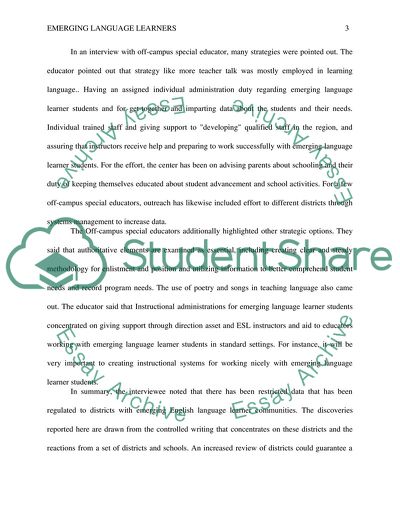Cite this document
(“Emerging Language Learners Research Paper Example | Topics and Well Written Essays - 2750 words”, n.d.)
Emerging Language Learners Research Paper Example | Topics and Well Written Essays - 2750 words. Retrieved from https://studentshare.org/education/1661668-emerging-language-learners
Emerging Language Learners Research Paper Example | Topics and Well Written Essays - 2750 words. Retrieved from https://studentshare.org/education/1661668-emerging-language-learners
(Emerging Language Learners Research Paper Example | Topics and Well Written Essays - 2750 Words)
Emerging Language Learners Research Paper Example | Topics and Well Written Essays - 2750 Words. https://studentshare.org/education/1661668-emerging-language-learners.
Emerging Language Learners Research Paper Example | Topics and Well Written Essays - 2750 Words. https://studentshare.org/education/1661668-emerging-language-learners.
“Emerging Language Learners Research Paper Example | Topics and Well Written Essays - 2750 Words”, n.d. https://studentshare.org/education/1661668-emerging-language-learners.


